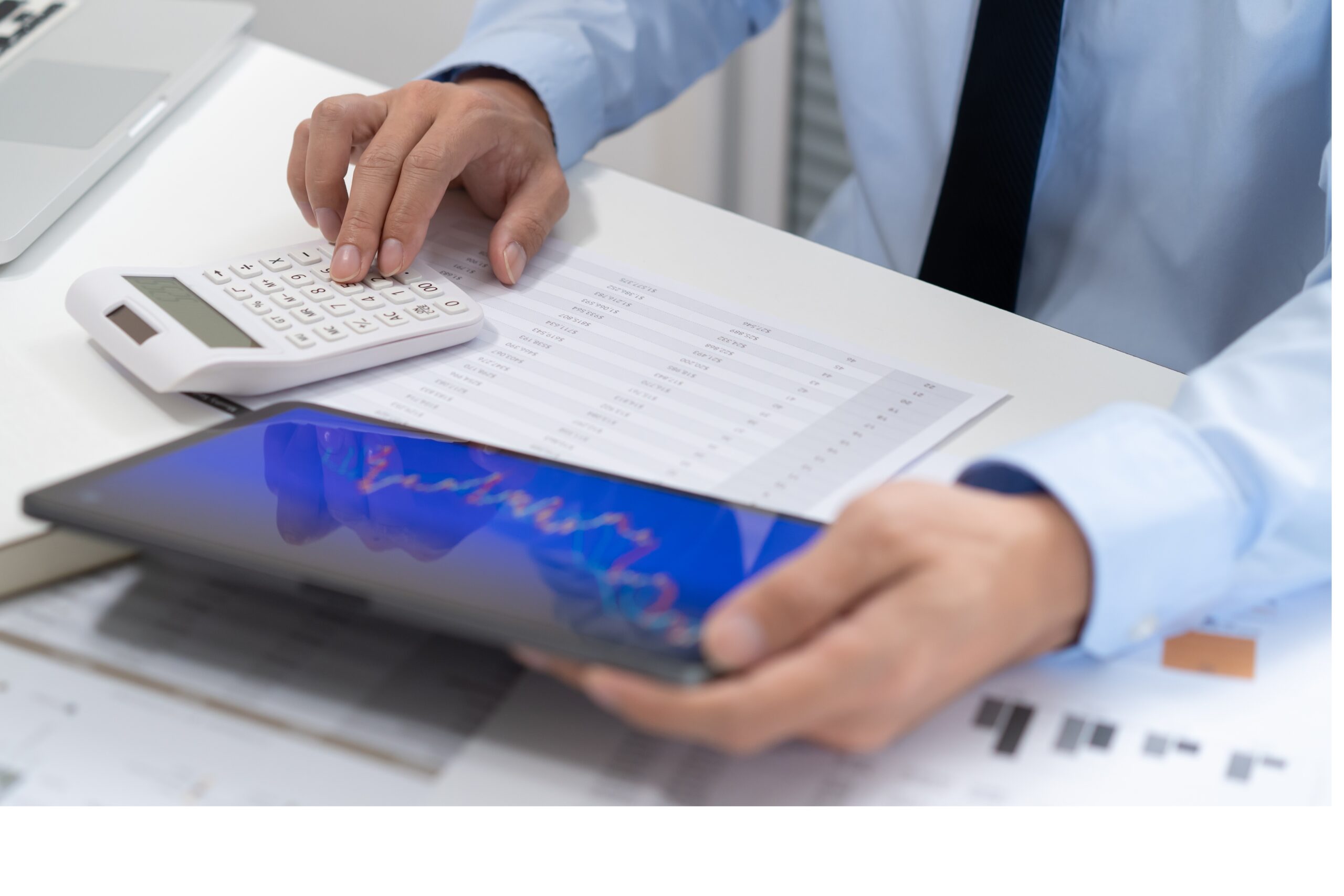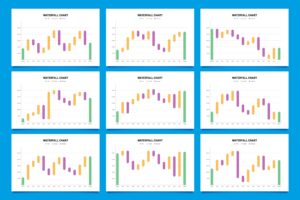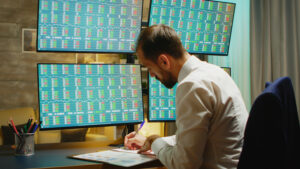Every trader should learn backtesting—it’s a valuable skill in strategy development. Past price data helps test how well your trading strategy could work. Historical data lets you test strategies without risking any real money. Strong backtesting refines your system and builds trading confidence.
In this post, we’ll explore seven eye-opening ways backtesting can help you build long-term wealth. These proven insights will empower both beginners and experienced traders to improve their systems and results.
Table of Contents
7 Eye-Opening Ways to Build Wealth
1. Backtesting Builds Confidence in Your Strategy
Confidence is essential in trading. Without it, you may second-guess every decision. Backtesting provides the data you need to trust your system.
By running your strategy through several market conditions, you can see how it behaves. If your plan shows consistent gains over time, you’ll feel more confident executing it live. It cuts down hesitation and fear before placing real-money trades.
For instance, if your trend-following system worked well during volatile periods, you’ll know it has potential. With tested data, you’re more confident in making firm trading choices.
Additionally, confidence gained from backtesting allows you to stay calm during tough market swings. You trust your system because you’ve seen how it performed in various scenarios. This belief separates professional traders from amateurs.
Also Read: Nifty Expiry
2. Backtesting Highlights Weaknesses Before They Cost You
No trading strategy is perfect. Every method has limitations. It helps identify these flaws early, so you can fix them.
Imagine backtesting reveals your system fails during low-volume sessions. You can avoid trading at those times or improve your rules. This fine-tuning saves you from unnecessary losses.
By recognizing problems before going live, you protect your capital. Early detection leads to smarter decisions and more consistent results.
Moreover, analyzing past errors through backtesting teaches valuable lessons. You develop a keen sense of pattern recognition and can predict pitfalls. These insights become a critical part of your strategy refinement process.
Also Read: ETFs Treasure
3. Backtesting Helps Optimize Entry and Exit Points
Timing matters in trading. Even a great setup can fail if you enter too early or too late. It allows you to fine-tune your entries and exits based on real data.
Try testing different stop-loss levels or profit targets. You might discover a small tweak boosts performance significantly. For example, exiting a trade after two candles instead of five might reduce losses.
These improvements increase your strategy’s accuracy. Over time, better entries and exits lead to larger profits.
Also, backtesting multiple setups helps you understand which entry methods deliver better returns. You can evaluate breakout strategies, pullback entries, or momentum plays. With each test, you gain clarity and precision in your trade execution.
Also Read: How to Spot Double Top
4. Backtesting Encourages Discipline and Reduces Emotion
Emotions ruin many trades. Fear, greed, and impatience can override logic. It helps you stick to your plan.
When you’ve already tested your system, you know it works. This makes it easier to follow your rules. Backtesting helps avoid panic and emotional trade chasing.
Disciplined traders tend to perform better. It reinforces good habits and helps you stay calm under pressure.
A journal strengthens discipline by tracking your backtesting insights. Documenting your results builds self-awareness and trust in your method. Journaling supports emotional control and long-term trading improvement.
Also Read: Gift Nifty
5. Backtesting Improves Risk Management Awareness
Risk management is key to long-term success. You’ll know your strategy’s risk level through proper backtesting.
It helps you track drawdown, win rate, and risk-reward ratios. These metrics help you size positions wisely and protect your account.
If a system looks profitable but has deep drawdowns, you may decide to trade smaller. This awareness keeps your capital safe while still allowing growth.
Additionally, it lets you simulate different risk scenarios. You can model how your account would react to losing streaks or market crashes. This preparation boosts your resilience and makes you a smarter trader.
Also Read: Top & Bottom Signals
6. Backtesting Helps Adjust to Market Conditions
Markets constantly change. What works now might fail later. Backtesting across different periods teaches you how your strategy reacts to change.
Try testing your system on bullish, bearish, and sideways markets. This shows where it thrives or struggles. You can then add filters or conditions to adapt.
Flexible systems survive longer. It teaches you how to stay relevant in a shifting market.
You also gain insight into market cycles and seasonality. Recognizing these patterns allows you to anticipate shifts and adjust your approach. That adaptability can lead to more consistent profits.
Also Read: Colour Trading Mastery
7. Backtesting Lays the Foundation for Automation
Many traders dream of automated systems. Your journey to a refined strategy starts with it.
Before coding a robot or using an algorithm, you must prove your idea works. It delivers valuable metrics that shape future trading choices.
Once you’ve verified the logic, you can confidently automate your strategy. It reduces emotional errors and helps streamline live trade preparation.
Automation also removes impulsive decisions. You trade with precision, following a proven system. Structured backtesting strengthens your edge and helps prevent emotional burnout.
Also Read: Intraday Trading Skills
Frequently Asked Questions
What is backtesting in trading?
Why is backtesting important?
It helps you evaluate your strategy’s effectiveness before using real money.
How do I start backtesting?
Can backtesting predict future success?
Not exactly, but past results give you more trust in your strategy.
What tools are best for it?
Popular tools include TradingView, MetaTrader, and Excel-based models.
What’s the ideal time frame for backtesting?
Use enough data to cover various market conditions, usually 2–5 years.
Should I optimize during backtesting?
Yes, but avoid overfitting. Focus on realistic improvements.
How often should I backtest?
Is it better than demo trading?
Both are useful. It is quick, but demo trading challenges your emotions in real time.
Can I backtest manually?
Yes, especially for simple strategies. It deepens your knowledge of how your trading method works.
Also Read: Trading Tick
Final Thoughts
Mastering backtesting takes time and practice. However, the rewards are worth it. It enhances understanding, increases consistency, and helps you avoid expensive errors.
Use these seven methods to make it a powerful tool for growing wealth. Keep improving, refine your strategy, and enhance your trading edge consistently. Success is built one smart trade at a time.
The more effort you invest in backtesting, the more clarity you gain. Each test becomes a step toward mastery. As you evolve, your trading will reflect your growth, discipline, and commitment to improvement.
Also Read: What is Commodity Trading







